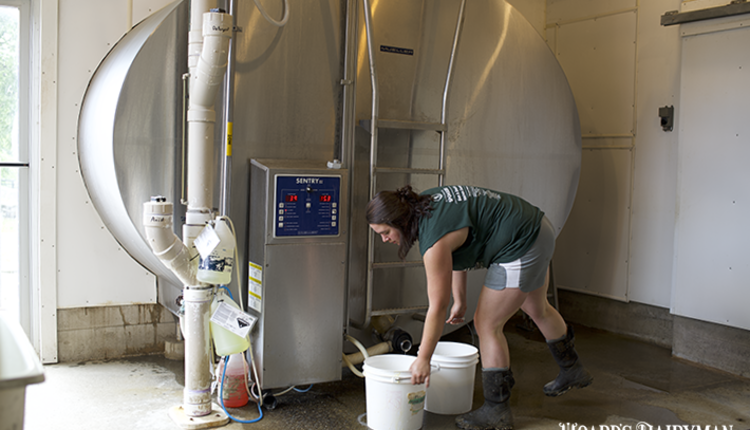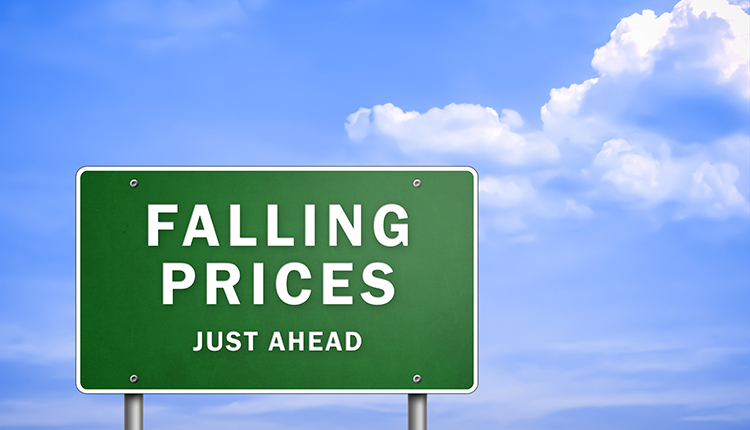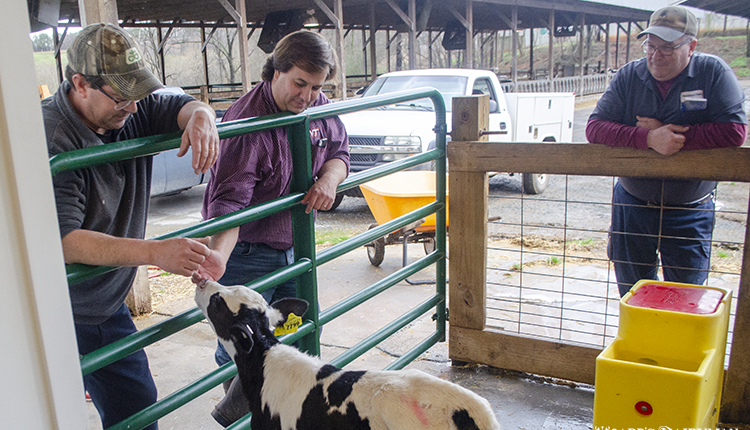
A financial analysis system called DuPont assesses profitability through three primary levers:
1. Asset utilization
2. Efficiency
3. Leverage
How does it work?
If analysis shows that “Leverage” is not at the desired level, is this where management should spend its time to improve it?
Leverage is using debt financing to create new or additional business activity such as cows, land, and improvements that adds additional profits, and equity, to the bottom line. For this reason, it is often called the “equity multiplier.” Think of a bucket that profits are poured into at the end of the year. The more cows, land, and improvements financed by debt that are creating profit, the more that is then being poured into the bucket.
However, this is a bit deceiving in that the math makes it look like the more debt you have, relative to your own equity, the more profits you will have. Thus, more and more debt would seem to be the answer, but there is a hole in this bucket, and that hole is the interest you pay.
If debt is used to finance activities that have a greater rate of return than the interest rate, then more is being put into the bucket than interest is taking out. Additional profits result.
If the debt-financed activities have a lower rate of return than the interest rate though, then there is more cash falling out of the hole than cash going in. If the interest hole is big enough, then the deficit must be paid out of the owner’s equity. In the latter case, leverage is still multiplying, but it’s multiplying the wrong way!
Leverage is a significant tool for the farm business manager. It enables the purchase of more cows, land, equipment, improvements, and upgrades. The key is that the profit return from the debt-financed activities be greater than the interest paid to use the debt. In other words, make sure the interest hole in the bucket is not bigger than the profits going in!








